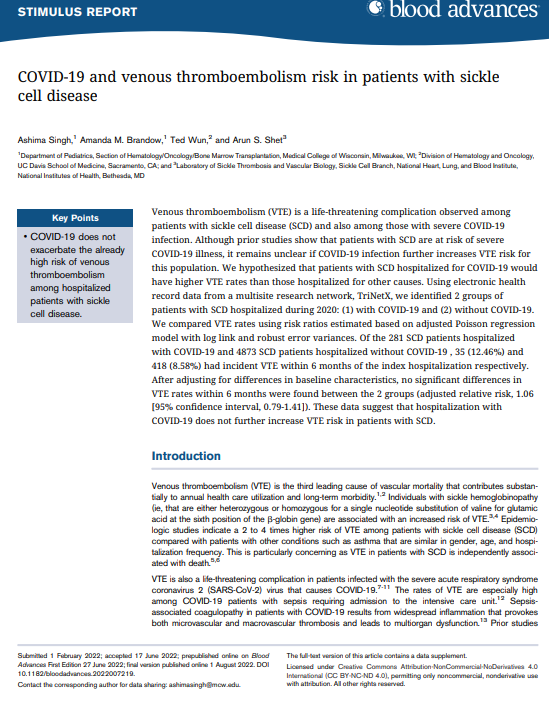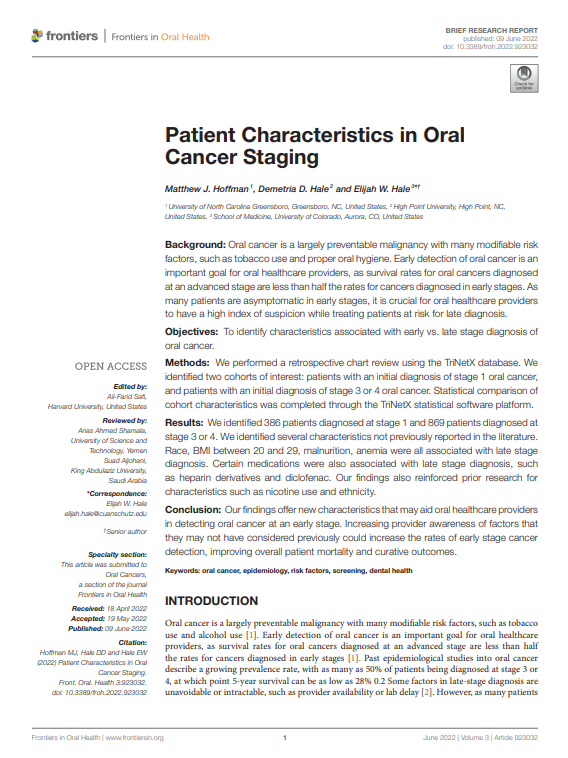Advanced Analytics
Go beyond the patient count with fast, reliable analytics.
You’ve built your cohort. You’ve reviewed the demographics and uncovered a surprising co-morbidity. But have you learned how their health has changed, or which outcomes are most likely in the near and far future? Have you compared your cohort with a matched control, to help identify the drivers of those outcomes?
This deep understanding of your cohort is more than the basis of real-world evidence generation. It’s also the competitive edge in designing patient-centric trials that enroll on time and retain their participants. That’s why TriNetX has built a suite of advanced analytics that unlock powerful insights with no data cleaning or coding required.
Powerful Analytics in Your Hands
Advanced Explore Cohort
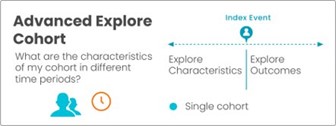
Review the clinical characteristics of your cohort for any time window you define in relation to an index event, including intervals prior to that event.
Use Cases:
- Find the period prevalence of diagnoses and treatments just prior to, or immediately following, a clinical event of interest.
- Understand the health of a potential trial population at baseline.
Analyze Outcomes
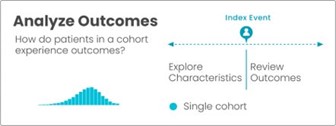
For any cohort and index event, calculate the overall risk and time-to-event for any observation or outcome of interest. Generate Kaplan-Meier curves, post-index lab distributions, and a histogram of patients by the number of the times the outcome was observed.
Use Cases:
- Guide endpoint selection for your study by understanding the real-world timing and frequency of outcomes.
- Improve study design and estimates of study duration by predicting the time needed to accumulate the number of events required by your protocol.
Compare Cohorts
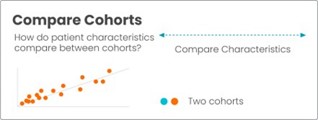
For any two cohorts defined on the same network, compare the prevalence of diagnoses, procedures, and medications, as well as differences in lab value ranges, means, and variance.
Use Cases:
- Compare two potential study populations for differences in health
- Compare thousands of clinical characteristics along sex, age, race, and ethnicity strata
- Quickly compare fill rates for labs of interest when deciding between cohorts to license as a dataset
Compare Outcomes
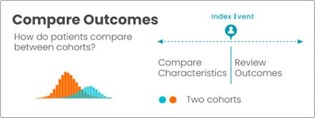
For any two cohorts and index events defined on the same network, calculate the absolute and relative risk of one or more outcomes. Compare hazard ratios, outcome frequencies and post-index lab distributions.
Use Cases:
- Get rapid, directional answers on questions of comparative safety and efficacy
- Compare expected outcomes for two potential study populations
Incidence and Prevalence
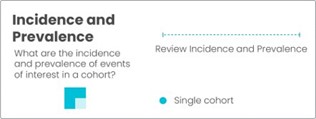
Calculate incidence, incidence rate, and prevalence for up to 12 timeframes simultaneously, based on any cohort and any clinical event of interest. Automatically stratify results by age bracket, sex, race, and ethnicity.
Use Cases:
- Compare prevalence and incidence along several demographic strata quickly
- Uncover trends over time
Treatment Pathways
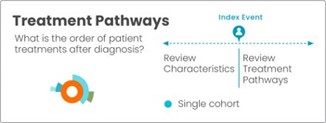
For any cohort and index event, select medications and procedures of interest to plot their overall utilization, order of administration, and treatment duration.
Use Cases:
- Uncover standards of care
- Monitor utilization of new medications
- Explore switching patterns
- Select comparators for your study or forecast when patients will end regimens required by your protocol
Competing Risks
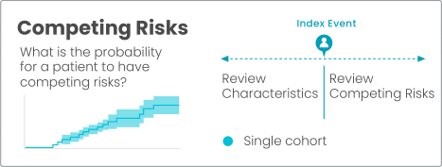
For any cohort and index event, quantify the probability of a patient experiencing each one of several mutually exclusive outcomes (e.g., death from stroke or death from MI).
Use Cases:
- Isolate risks for each of several adverse events in response to a medication
- Better understand causes of death post-index
Ready to learn more?
The TriNetX team is happy to work with you to schedule a demo of our Advanced Analytics use cases on the TriNetX platform.
Real-World Evidence In Action
Members of the TriNetX research community have leveraged Advanced Analytics in hundreds of peer-reviewed published works. See how Advanced Analytics has helped our members find the answers to their clinical questions.
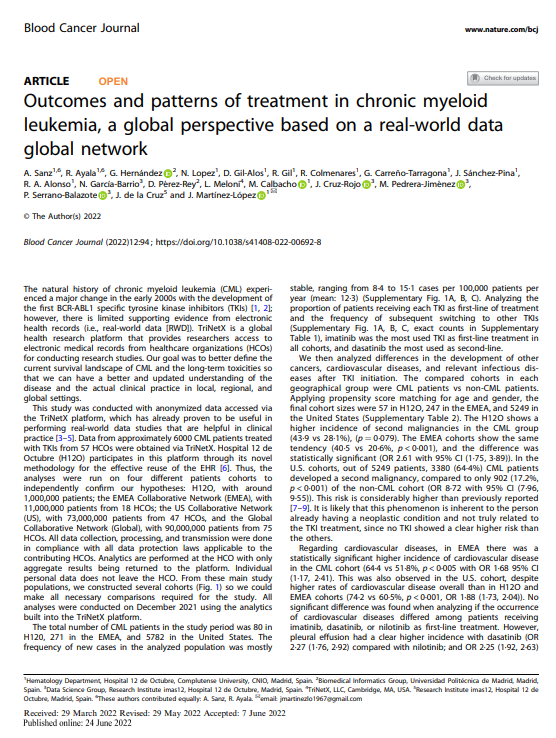
Outcomes and patterns of treatment in chronic myeloid leukemia, a global perspective based on a real-world data global network
Nature, June 2022
COVID-19 and venous thromboembolism risk in patients with sickle cell disease
Blood Advances, August 2022.
Patient Characteristics in Oral Cancer Staging
Frontiers in Oral Health, June 2022

